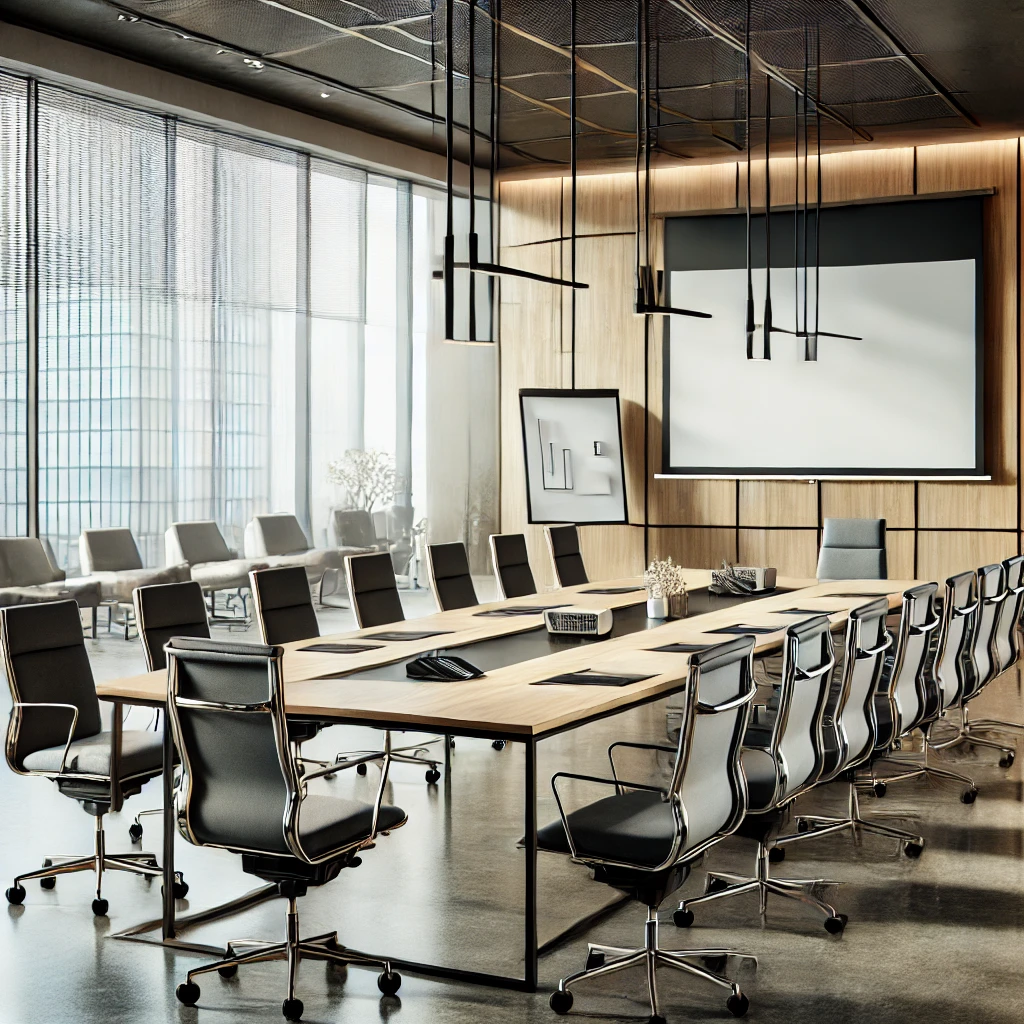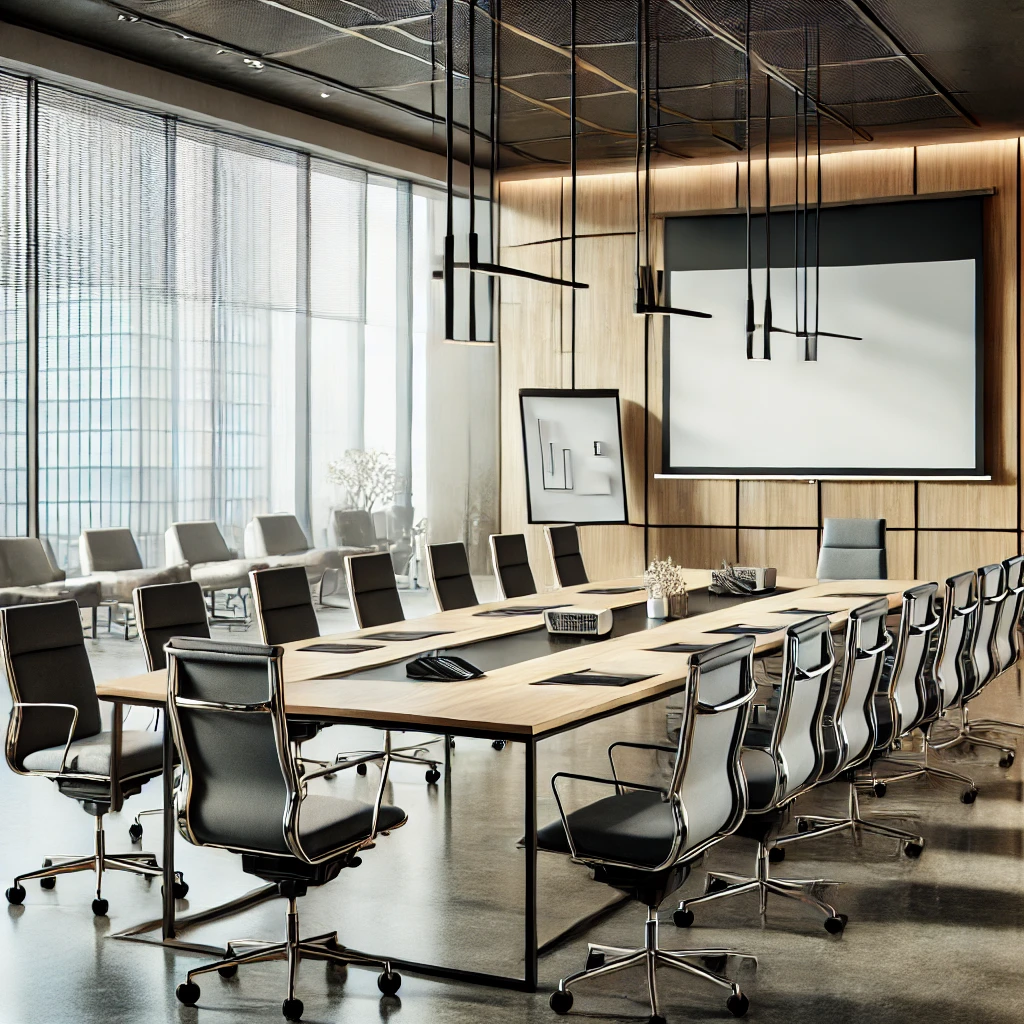
Make Meetings Efficient: Key Points to Avoid Wasting Time
Meetings are an essential part of modern workplace culture. They provide opportunities for collaboration, idea exchange, and decision-making. However, without proper planning and execution, meetings can quickly become time-wasting, unproductive events. This article will explore strategies to make meetings more efficient and ensure that everyone involved gets the most out of them.
1. Define a Clear Purpose
Before scheduling a meeting, ask yourself a simple question: “What is the goal of this meeting?” Having a clear objective ensures that the time spent is valuable. Whether it’s to brainstorm ideas, discuss progress, or make decisions, a well-defined purpose will keep participants focused.
2. Prepare an Agenda
An agenda is the backbone of a productive meeting. It outlines what will be discussed and in what order. Share the agenda with participants in advance so they can come prepared. For example, a simple agenda for a project update meeting could look like this:
- Introduction and objectives (5 minutes)
- Project updates by team members (20 minutes)
- Discussion of challenges (10 minutes)
- Next steps and action items (5 minutes)
3. Limit the Number of Participants
Too many participants can dilute the focus of a meeting. Only invite those who are directly involved or whose input is crucial. This not only keeps the discussion targeted but also respects everyone’s time.
4. Stick to Time Limits
Start and end meetings on time. Time limits create a sense of urgency and prevent discussions from dragging on. Use a timer if necessary to ensure each agenda item receives the attention it deserves.
5. Assign Roles
Designate specific roles to keep the meeting on track. For example:
- Facilitator: Guides the discussion and ensures agenda adherence.
- Note-taker: Records key points, decisions, and action items.
- Timekeeper: Monitors the clock to avoid overruns.
6. Encourage Active Participation
Create an environment where everyone feels comfortable contributing. Encourage participants to share ideas and provide feedback. Use techniques like round-robin discussions to give everyone a chance to speak.
7. Summarize and Assign Action Items
Before concluding the meeting, summarize the main points and clearly assign action items. Specify who is responsible for each task and set deadlines. This ensures accountability and prevents misunderstandings.
8. Use Technology Wisely
Leverage tools like video conferencing software, shared documents, and project management platforms to streamline communication and collaboration. However, avoid overloading meetings with unnecessary tech distractions.
9. Follow Up
After the meeting, send out a summary of key points and action items. This serves as a reference for participants and ensures that everyone stays on track with their responsibilities.
10. Regularly Evaluate Meeting Effectiveness
Periodically assess the effectiveness of your meetings. Gather feedback from participants and identify areas for improvement. For example, you could ask questions like:
- Were the meeting objectives clear?
- Did the meeting stay on track?
- Were all participants actively engaged?
Conclusion
Efficient meetings require thoughtful planning, active participation, and consistent follow-up. By implementing these strategies, you can ensure that your meetings are productive, time-efficient, and impactful. Remember, every minute saved in a meeting is a minute you can spend on other important tasks.


